The Coros VERTIX 2 is a beastly multi-sport watch that uses some serious tech to deliver a range of accurate information to your wrist. It comes with very impressive battery life, and its variety of functions is handy. However, it comes in quite a large package, and it could be overkill for the average cyclist.
- Reviewed: Garmin Forerunner 745
- Discover the world of bikepacking with Komoot
- The best mountain bike grips on the market
Now, there's a lot to get through here, so let's start with the build. The cover is made from a titanium alloy with a PVD coating. The bezel is Grade 5 titanium alloy, again with a PVD coating. As for the 1.4" always-on memory LCD screen, that's covered with a layer of super-strong Sapphire glass. Keeping the watch on your wrist is a thick silicone band.
The amount of tech built into something so small is impressive. This watch comes with an optical pulse oximeter, an optical heart rate sensor, an electrocardiogram sensor, barometric altimeter, accelerometer, compass, gyroscope, and finally, a thermometer…. Now breathe.
There’s also 32Gb of storage, allowing for an awful lot of GPX files or even a few tunes. What’s handy is that it uses Bluetooth to connect to your phone and earphones, if that’s your thing.
Something that I’m pretty fond of with the VERTIX 2 is that you’ve got an array of information available directly from the watch face when idle. Handily scrolled using the lower button is info on the sunrise, sunset, the number of calories burned in the day, flights of steps you’ve climbed, etc. All of this is accessible without even unlocking the watch.
Holding down the main dial unlocks the watch (a big improvement over the APEX PRO’s unlocking), then a quick spin of the dial summons up even more information in even more detail and with easy to read graphics.
Onboard the VERTIX is a tonne of pre-loaded sports profiles ranging from hiking, biking, speed windsurfing, and it'll even track your sleep. Though, as the watch is fairly bulky, I chose not to test this function for the sake of comfort.
Open up your chosen sport profile (we'll use bike for this example), and you're met with 'Start' that'll begin to track your ride, 'Basic Interval', which is self-explanatory, and 'settings'. This is also where the VERTIX acquires GPS and checks your heart rate before launching into ride tracking. Generally, the watch snags onto GPS fairly quickly as it's capable of communicating with all five major satellite systems simultaneously. Though, I have found instances when getting ready in or around the car where it's struggled to connect.
off.road.cc on WhatsApp
All the latest offroad cycling news, tech and buying advice straight to your phone.Follow our WhatsApp channel here
When you're in your chosen profile and tracking your travel, the watch offers up a range of screens showing different information like distance, heart rate, elevation gain, and of course, time. By the way, these are all customizable through the COROS phone app. Once you're done with your ride, upon closing down the profile, the watch will round up your ride and show you your calorie loss and much of the info you'll find after riding with Strava.
Speaking of the phone app, this can be described as a hub for the VERTIX 2. This is where you can download watch faces and see all of your previous workouts or rides. Also, this is where you can upload GPX files to the watch, which is easy, even for inexperienced COROS users. However, it's quite the can of worms, but it's reasonably easy to use once you've learned what things do.
There is the ability to automatically upload your rides from the VERTIX 2 device to Strava, but it’s not terribly straightforward. However, COROS has a useful FAQ on the website where I’ve easily found setup instructions.
That leads me nicely onto the VERTIX 2’s navigation, and it comes with quite an upgrade against the APEX PRO that I tested a while back. This time around, the navigation shows you a full-on map with arrows to guide you along your way. If you deviate from your path, it’ll give you a bit of a vibration to let you know and tell you how far you’ve wandered off.
Unfortunately, while navigating, the watch doesn’t record any useful data you’ll find through one of the profiles. Although, it will show you your elevation on a scrollable screen.
Now, all of that is mighty impressive, and to be honest, I’m only scratching the surface of what this watch is capable of. Still, I wouldn’t be surprised if that’s around the same kind of depth that the average mountain biker/gravel rider will get into with the VERTIX 2. To take full advantage of this absolutely beastly bit of tech, you’ll have to be a multi-hobbyist or simply after all of the information.
Something that may turn cyclists off the VERTIX 2 is that it’s not the most comfortable watch after long stints in the saddle. I’ve mentioned its size before, but it weighs in at 86g, which may not sound like much, but the weight is definitely noticeable on the wrist. Then after a few hours of the watch shaking about on the wrist, it can become quite painful. That’s not to mention the itchiness as soon as some sweat finds its way underneath the silicone band. Of course, that bit can be fixed by replacing the strap, which easily clips on.
Unfortunately, due to its discomfort and weight, I’ve not worn it day-in-day-out as I have with the smaller APEX PRO. However, thanks to the clever clip-on strap system, the watch can be clipped onto a carabiner sold by Coros, so you don’t need to carry it on your wrist on those bigger days.
What has been really impressive is the watch’s battery life. I’ve had the VERTIX 2 on test for three months, and during that time, I’ve only charged it twice. That’s with fairly regular use, tracking rides, hikes, etc. So if you are often out on huge multi-day adventures, the battery life alone makes the VERTIX 2 worth consideration. COROS promises 140 hours of life with full GPS tracking and 60 days with normal use. Charging is fairly quick, too, reaching a full charge in hours.
It goes without saying that the VERTIX 2 offers an awful lot, but it does come at a price, £600, to be exact. Ty thought that the Garmin Forerunner 745 was hefty at £400, though its build didn't fit the price, and he thought the menus took some getting used to.
Then there's the Coros APEX PRO at £450. I believe it can be considered a VERTIX 2 lite, as it doesn't come with quite as many bells and whistles. Still, it offers more than the essentials in a package that's easier to carry around on your wrist. In my opinion, because of its smaller size, it's better for cycling with.
There's an awful lot of the COROS VERTIX 2 that I haven't used because I've only used it in the cycling context. If you're into speed windsurfing or multiple activities, you'll make better use of this watch, and it'll make a bit more sense to you. For mountain biking or the kind of cycling I've been doing, at least, the VERTIX 2 has felt a bit like overkill. It's choc-full of cool features and accuracy assuring tech that's been left ignored because it's all stuff I haven't really needed.
If you need a huge amount of tracking power on your wrist, the COROS VERTIX 2 may be the watch for you. It's built really nicely, and the battery life is awesome. I didn't find it the most comfortable watch ever, but the level of information that's very quickly accessed is definitely nice to have. However, it is asking for a good chunk of cash, and for those who might not make use of every inch of this watch, that might just put some off.

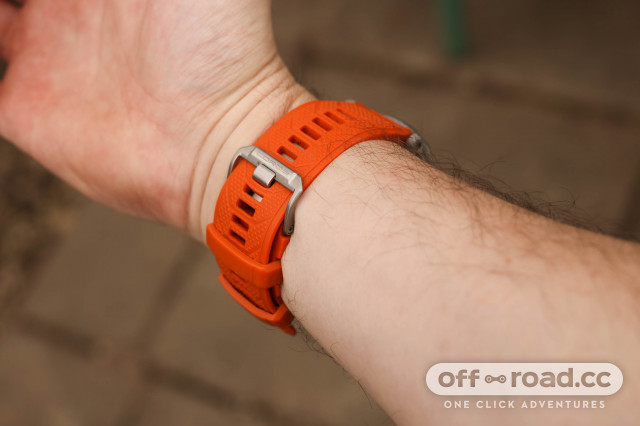
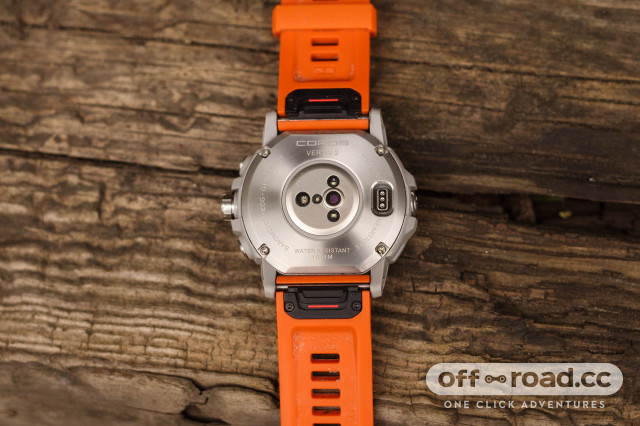

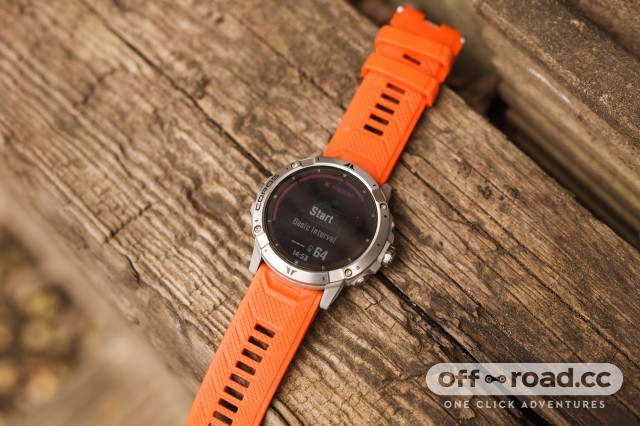

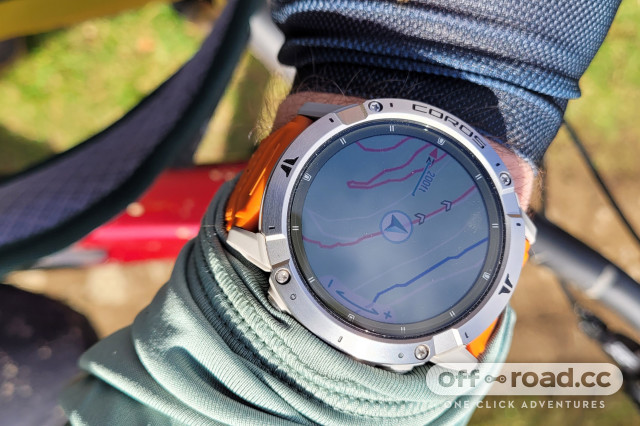





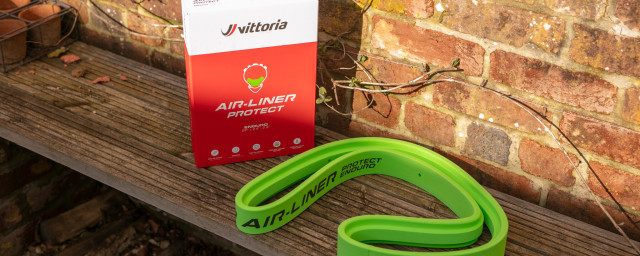







Add comment